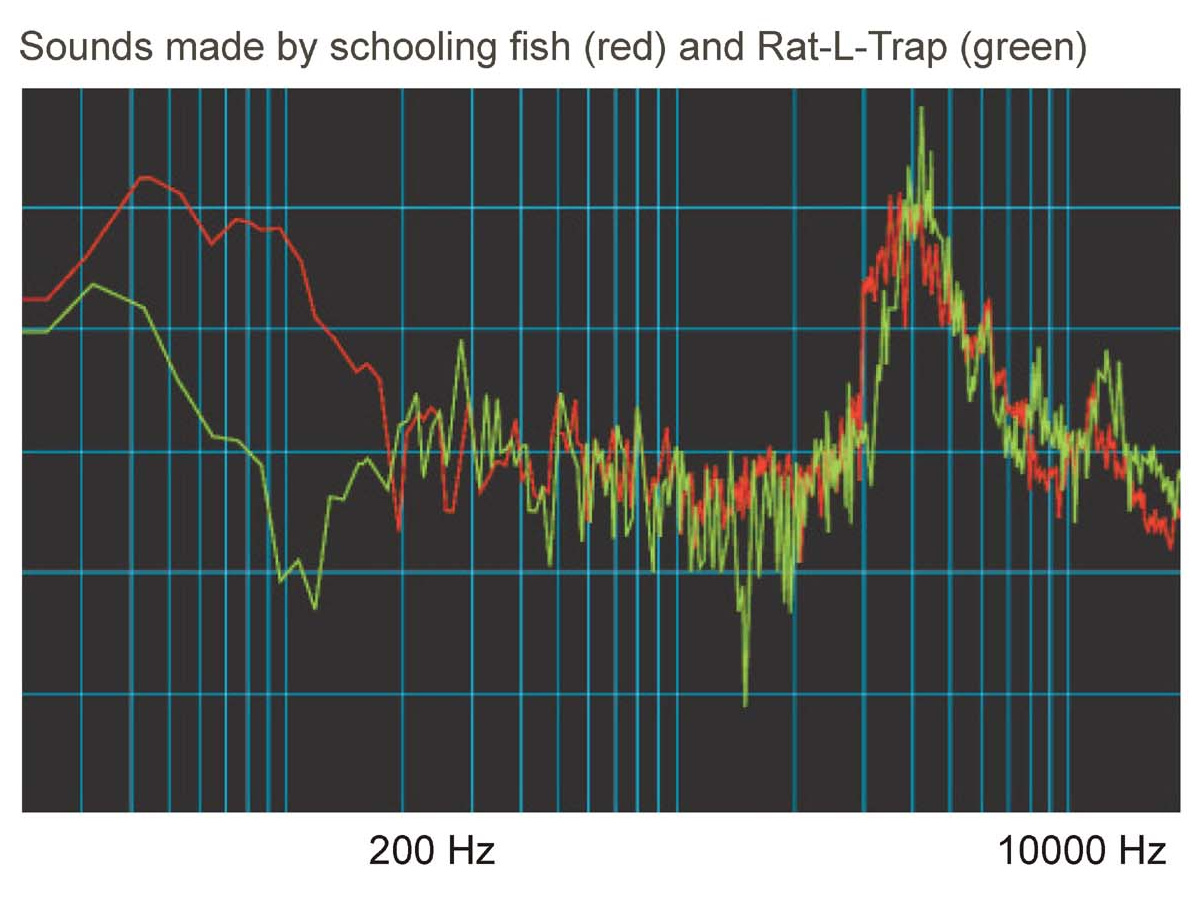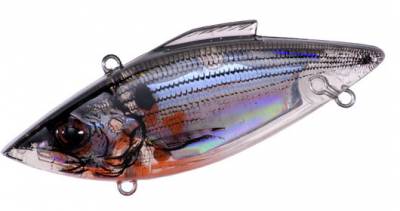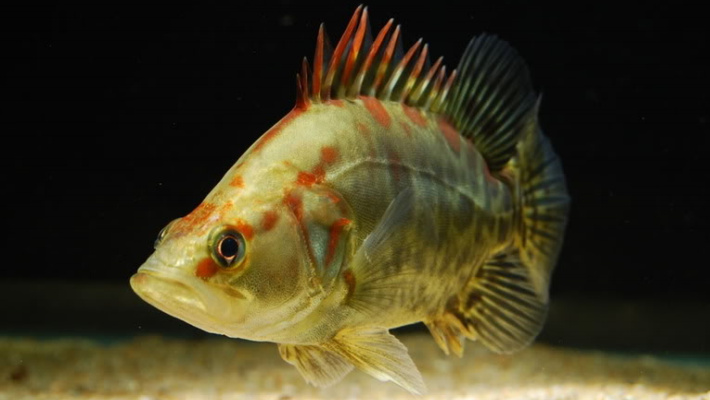|
For
decades, many companies offer rattling woblers, like Rapala Rattlin’ Rap, Bill Lewis Rat-L-Trap,
Cotton Cordell Super Spot and other, positioning these lures as more attractive
than usuals.
In
particular, Bill Lewis Co. writes that today’s Rat-L-Trap lures are proven by
leading experts to produce sound qualities nearly identical to those of
schooling baitfish under attack. These sounds are the "dinner bell” for
predatory fish. According to scientific research, Rat-L-Trap and schooling fish
emit really similar sounds (Fig.1), but this does not confirm the benefits of Rat-L-Trap lures in the practice. 
Figure
1. According to Joseph
Olson (Cetacean Research)
An
objective of tests described below was to compare two types of Rat-L-Traps,
noisy and quiet, using the common perch, Perca
fluviatilis, in the capacity of test objects. Tiny Traps of 3,5 gr with Smokey
Joe color were used. Some lures, marked TTN, were intact, whereas in other
lures, marked TTQ, the rattling balls were glued over the
thin holes drilled in the body, sealed
finally.
At each
estimated locality of perch, 12 presentations (cast and retrieving) of lures
were made: 3 with TTN, 3 with TTQ, 3 with TTN and 3 with TTQ. Then an
experimentator moved to the other locality, where 12 presentations of the
compared lures were made in the reverse order. 180 lure presentatations per 1
day were made, null and pair results for TTN and TTQ lures were canceled. In
total, 33 perch were included in the calculation, the number of fish (landed and
released) were group per each 6 lure (for TTN and TTQ) presentations.
Lures were
tested in the presense of small windy waves, but without rain.
Some landed
and released Northern pike, Esox lucius,
were no included in the calculation.
An
estimation of mean difference for findings obtained in field for TTN and TTQ
lures with the assistance of Student’s t-test have confirmed that perch have shown
preference for neither of lure types. Similar results (the absence of
preference) have been obtained in other 5 sessions with the same Tiny Traps and
3 sessions with alike Rapala
Rattlin’ Raps (4 cm, Shad color) carried out in the different fishing
conditions. 
Figure 2. Typical view of Rat-L-Trap lures manufactured by Bill Lewis Company, USA
There are
several reasons that allow to explain why perch ignore sounds of the foregoing
lures.
Acoustic
signals of three types induce the most clear responses, including motor
responses, in perch (and other fish with the developed acoustically guided
behaviour). Feeding sounds of conspecific individuals and cohabiting fish (like
roach, Rutilus rutilus) that have the
noise nature in the frequency band up to 5000 Hz (Protasov, 1965). Secondly, threat
sounds listened in the water as the powerful single pulses with the main
frequency of 1000 Hz. And finally, courtship and spawning sounds that have the most
clear rhythmic nature in the band of low frequencies. Furthermore (Protasov,
1965), perch can move towards the source of rhythmic signals, if these signals
are even overlapped (4:1) by wideband noise. Unlike the foregoing signals,
wideband high frequency noises induce in perch only orientation responses (that
quickly fade due to the so called habituation).
Sounds made
by Rat-L-Traps belong to the wideband high frequency noises (Fig. 1),
unattractive for perch.
Noise
sounds emited by small lures may be very weak. For example, they can be overlapped by noises
of windy waves and rain. However, perch ignore sounds of larger lures (like Mini
Trap).
In addition, perch
are mainly visually guided predatory fish. Therefore, they may ignore weak
noises in the complex muitimodal signals.
Finally, it
is well known that tuna and other sea fish are attracted to areas on the water
surface disturbed by the falling drops of the ship sprinklers. These "boiling
spots” perfectly mimic schools of baitfish pursued by predators. According to
our experiments, perch are attracted to "boiling spots” created by jets of an
autonomous pump. In these cases, however, acoustic, vibrating and visual parts
of complex stimuli are much more powerful than those of small lures.
Basic
References
Protasov
V.R. 1965. The bioacoustics of fishes. Moscow,
Science
| 







 SUBSCRIBE
SUBSCRIBE




